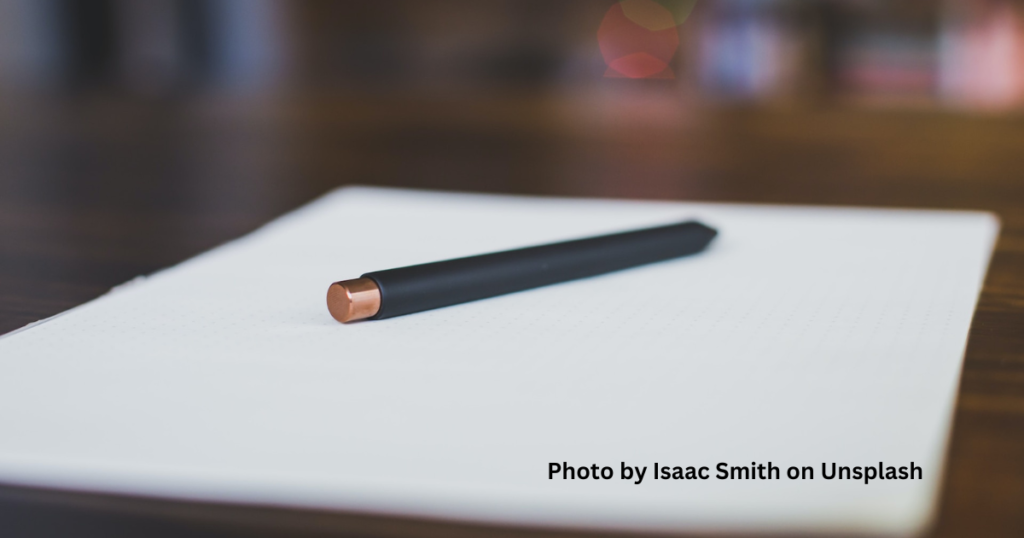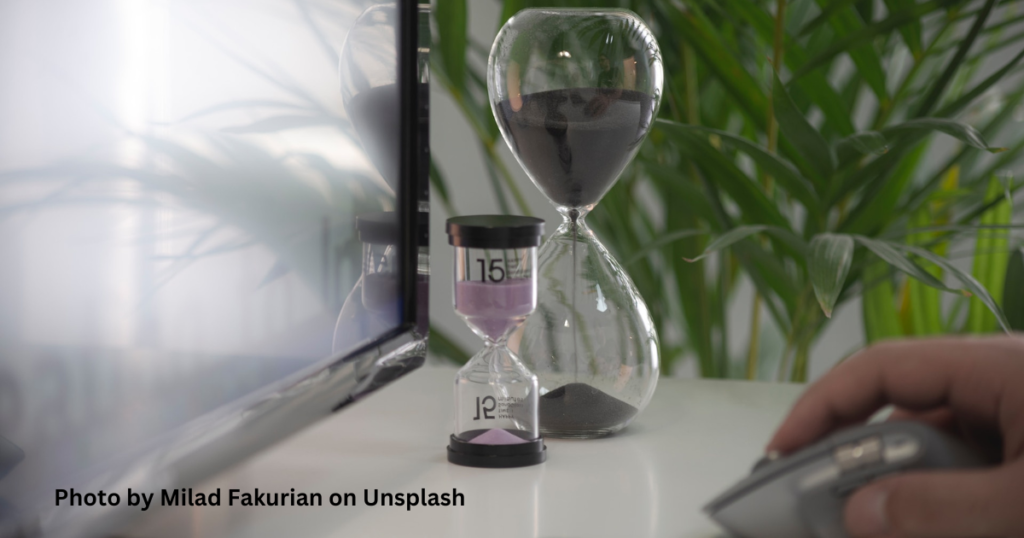I’ve personally never had the opportunity to work in an office environment. In fact, most people I know in WordPress are mostly remote. But that doesn’t mean everyone is, and if you’re transitioning to your first office job it can be a shock.
With thanks to research and article curation, here are some tips for working in-office.
10 Simple Ways to be More Productive at Work, by the Indeed Editorial Team.

The main points in this article that caught my eye were being intentional with your time, and remembering that tasks aren’t as big as you’d think.
“Rather than approach large goals that would require multiple outlets and longer amounts of time to achieve them, consider planning out small objectives throughout your day.”
The biggest barrier I tend to have with work is feeling overwhelmed by projects that aren’t as big as they feel. Once I take the time to plan out and evaluate my day, it’s easier to get things done.
With that comes routine, and keeping an eye on how long tasks actually take me. If it only takes me 5 minutes to do something, when it feels like it’ll take 30, I feel less overwhelmed in the future.
How To Improve Your Focus at Work in 9 Ways (With Tips), by Jennifer Herrity, on Indeed.

Relating to the previous article, this one seemed to really highlight the importance of taking baby steps. Stop, evaluate where you are and what you need, and move forward. There’s also a level of trial and error in finding what suits you.
“Set realistic goals for improving your focus so you can eventually work toward larger goals. For example, if you currently can only concentrate for five minutes before becoming distracted, aim to work for seven minutes.”
How to Make the Most of Your Work Day, by Phyllis Korkki, on The New York Times.

It was a coincidence that the first two posts were from Indeed. With this one being longer, I have a few more notes.
I noticed a significant emphasis on structure, physical health, and communication. However, these were the tips they lead with:
“Use these principles to help guide you through your workday.
All workers and workdays are unique. With fewer companies and employees adhering to a traditional 9-to-5 day, the differences in our workdays are becoming more pronounced. But putting those differences aside, three overarching ideas apply to all our productivity tips:
1. Trust the small increments. You can’t expect to change years of working habits overnight. Small changes in how you work can gradually add up to big changes in productivity. Try one tip to start, and keep adding more as you find the strategies that work best for you.
2. Be accountable. Whether it’s weekly check-ins with a co-worker or setting your own deadlines and announcing them to others, having to answer to someone else can often force you to get the job done.
3. Forgive yourself. You are human: Accept that you are sometimes going to slip up, become distracted and have a bad day. It’s more important to move on than to dwell on your mistakes.”
Throughout their article they really break it down into three sections:
The structure tips help with multitasking, in that a routine helps you feel less overwhelmed. The procrastinator needs to communicate, so they can be held accountable. And those who power through will be better with rest.
Hopefully these tips helped, and I wish you the best of luck on your new adventure. If you have anything in particular you’d like me to feature, leave a comment, or please reach out to us on social media.